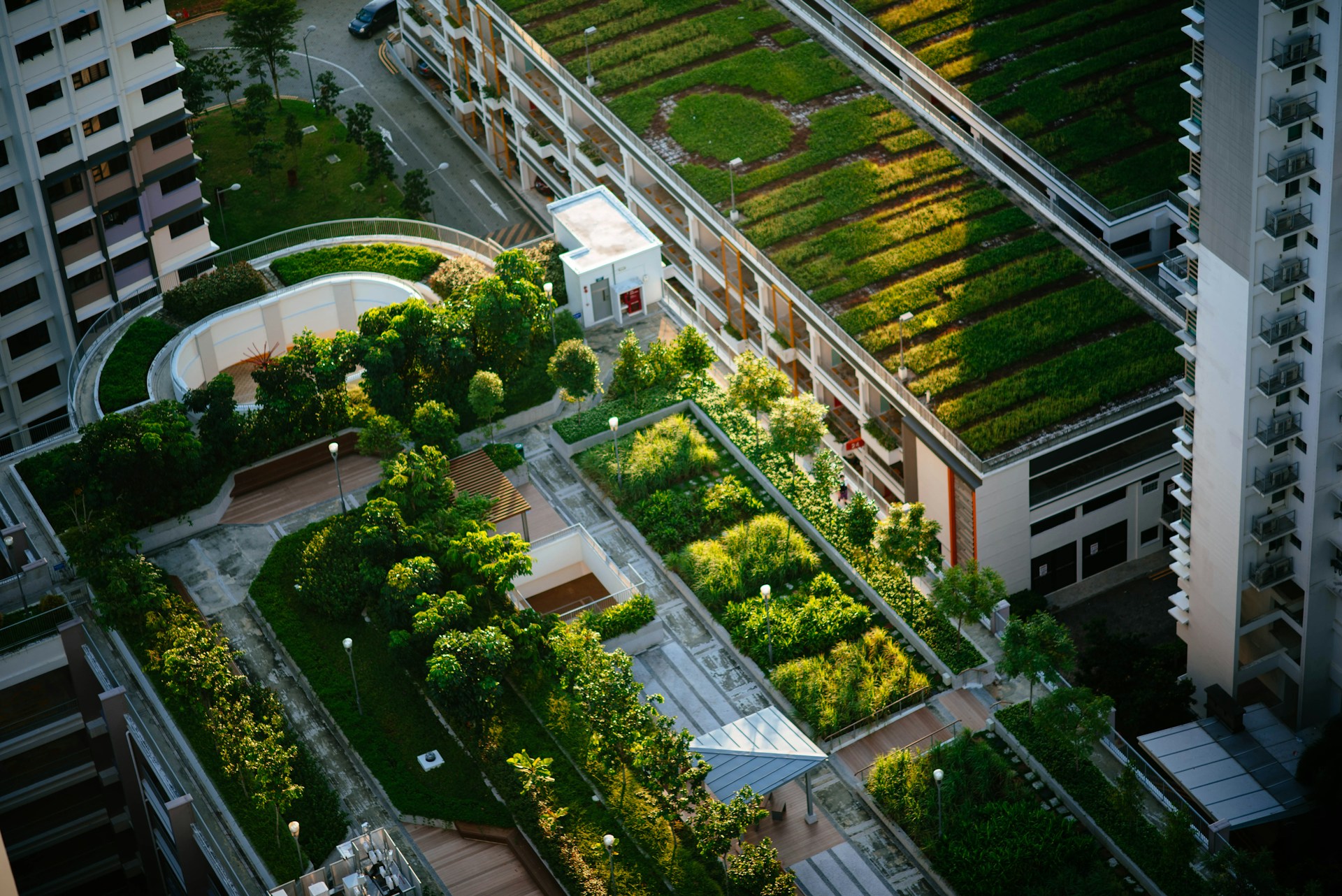
Creating a garden in the middle of a city may seem impossible when space is scarce. Yet, with the right approach, even a small balcony, rooftop, or tiny yard can transform into a thriving green retreat. Urban gardens not only enhance aesthetics but also improve mental health, filter air, and create a calming environment amidst city chaos. The beauty of small space landscaping lies in using every inch wisely and turning limitations into creative opportunities.
Embracing the Vertical Dimension
One of the most effective strategies for small space landscaping is vertical gardening. When floor area is limited, walls and fences become valuable real estate. Vertical gardens add greenery without crowding pathways and make compact areas look lush and inviting. Simple trellises, wall-mounted planters, or modular green wall systems work perfectly for this purpose.
Urban gardens benefit greatly from climbing plants like ivy, jasmine, or passionflower, which cover walls with texture and color. For a more modern approach, homeowners often use sleek vertical planter boxes to grow herbs, lettuce, or strawberries. This setup not only saves space but also provides easy access to fresh food right outside the kitchen. The vertical element also draws the eye upward, making small gardens appear more spacious and dynamic.
The Role of Smart Containers
Containers are the backbone of city garden ideas. Unlike traditional backyard planting, urban gardens rely heavily on pots, raised beds, and containers to keep plants organized. Choosing lightweight, weather-resistant materials like fiberglass or resin makes containers easier to move, especially in rooftop or balcony settings.
Grouping containers at different heights creates visual variety, while rolling planters allow flexible arrangements. For homeowners who value sustainability, repurposed crates, barrels, and even old furniture can serve as unique planters. Herbs like basil, thyme, and mint thrive in small pots, while dwarf fruit trees and compact vegetable varieties adapt well to larger containers.
Clever container use also enables better control of soil quality and drainage, which are essential for healthy plant growth in urban environments. With the right mix of practicality and creativity, containers transform tight corners into productive and stylish spaces.
Blending Functionality with Style
Urban garden design must strike a balance between beauty and practicality. A small yard, rooftop, or balcony should not only look appealing but also serve as a functional retreat. Multi-purpose furniture plays a huge role here. Benches with built-in storage double as seating and tool organizers, while foldable tables and chairs maximize floor space when not in use.
Pathways designed with stepping stones or compact decking provide structure and prevent clutter. Strategic lighting enhances evening use, making the garden feel cozy after dark. Hanging string lights or solar-powered fixtures adds ambiance while maintaining eco-friendliness.
For modern landscaping in urban homes, blending sleek design elements with natural greenery creates a harmonious look. Minimalist stone planters, bamboo screens, and neutral tones often pair well with vibrant plant colors, striking the perfect balance between function and style.
Maximizing Every Corner
Urban gardens thrive on clever use of space. Even the smallest areas can accommodate greenery when approached creatively. Corners, window sills, and narrow strips along fences often become overlooked, but they hold great potential. Installing corner shelves or tiered plant stands turns unused areas into miniature jungles.
Rooftops offer incredible opportunities for larger plant beds, pergolas, and lounge zones. Raised beds arranged along edges leave the center open for seating or relaxation. In balconies, railing planters maximize vertical real estate while still leaving enough room to move comfortably.
The key lies in layering. Tall plants or shrubs form the background, medium-sized containers fill the middle, and trailing vines or low growers cover the base. This layered arrangement ensures depth and balance, making small gardens feel larger and more structured.
Sustainable Urban Garden Practices
Urban gardens not only beautify spaces but also promote sustainability. Collecting rainwater through small barrels, reusing kitchen scraps for compost, and selecting native plants reduce the environmental footprint. Native species require less water and maintenance, making them perfect for city dwellers with busy schedules.
Edible landscaping is another growing trend in urban garden design. Integrating fruit-bearing shrubs, compact vegetable beds, and edible flowers brings both beauty and function. Harvesting fresh produce from a city garden reinforces the connection to nature and supports a healthier lifestyle.
Energy-efficient lighting powered by solar panels also plays a role in sustainable landscaping. When paired with eco-friendly planters and organic fertilizers, these choices create green spaces that thrive while conserving resources.
Cultivating a Personal Escape
At the heart of every urban garden lies personal expression. Whether designed for meditation, family gatherings, or simply enjoying a cup of coffee outdoors, these spaces reflect individual lifestyles. Some homeowners prefer colorful blooms and whimsical décor, while others embrace minimalist Zen-inspired layouts.
Adding a water feature, such as a small fountain or birdbath, introduces soothing sounds that mask urban noise. Comfortable seating turns the space into an outdoor living room, while fragrant plants like lavender or rosemary enhance relaxation. By tailoring the garden to personal needs, even the smallest city corner transforms into a meaningful escape from daily stress.
Closing Reflections on Small Space Landscaping
Urban gardens prove that beauty and tranquility do not require acres of land. With vertical gardening, wise container choices, functional layouts, and sustainable practices, anyone can create a thriving green space in the heart of the city. Small space landscaping teaches the value of creativity, resourcefulness, and intentional design.
Transforming compact spaces into lush retreats not only improves aesthetics but also enriches well-being. Every balcony, rooftop, or tiny yard has the potential to become an oasis. By blending style, functionality, and sustainability, urban gardens enable city dwellers to reconnect with nature and cultivate their personal sanctuary right in their own homes.